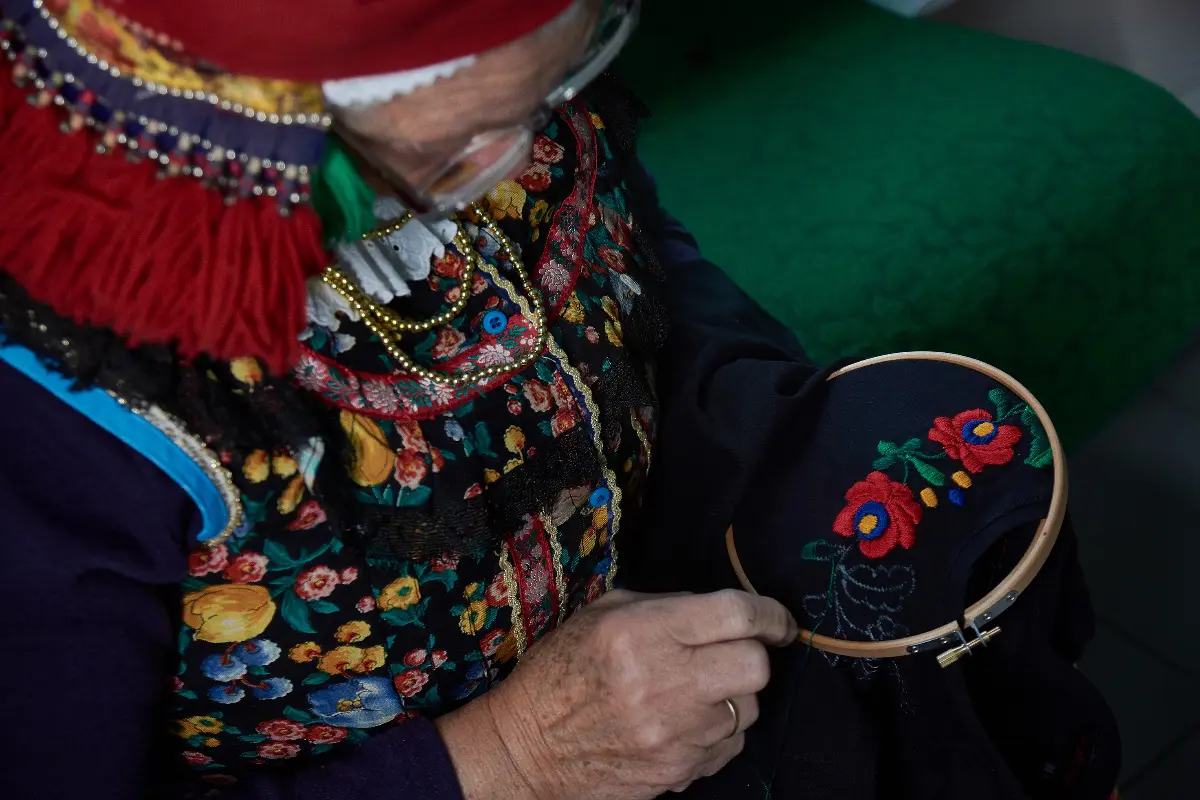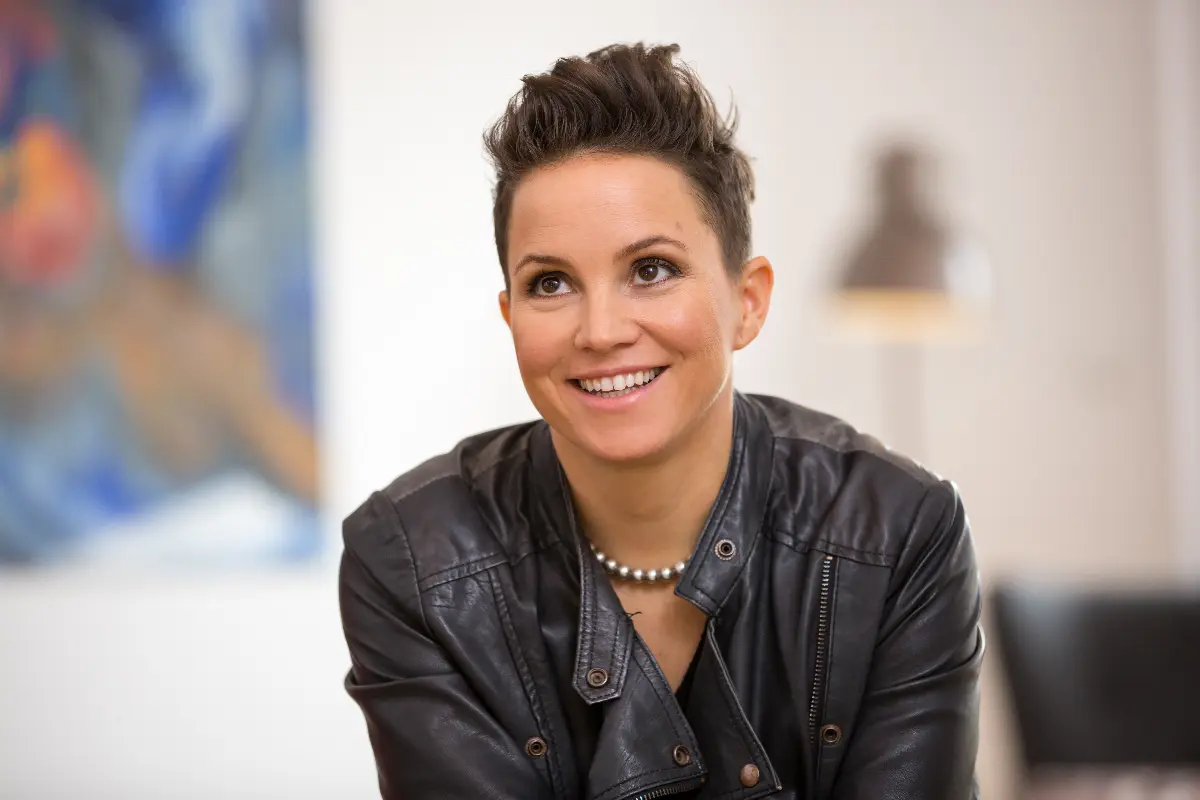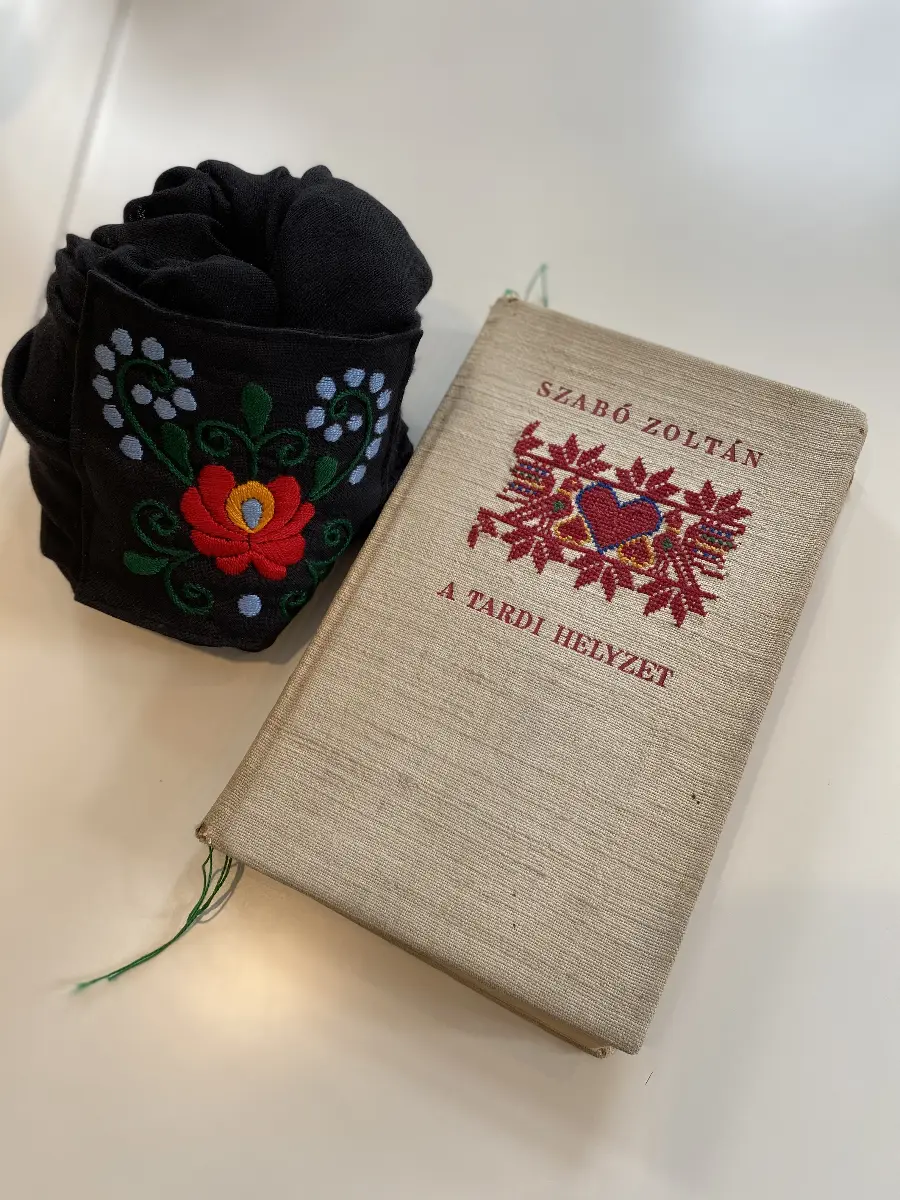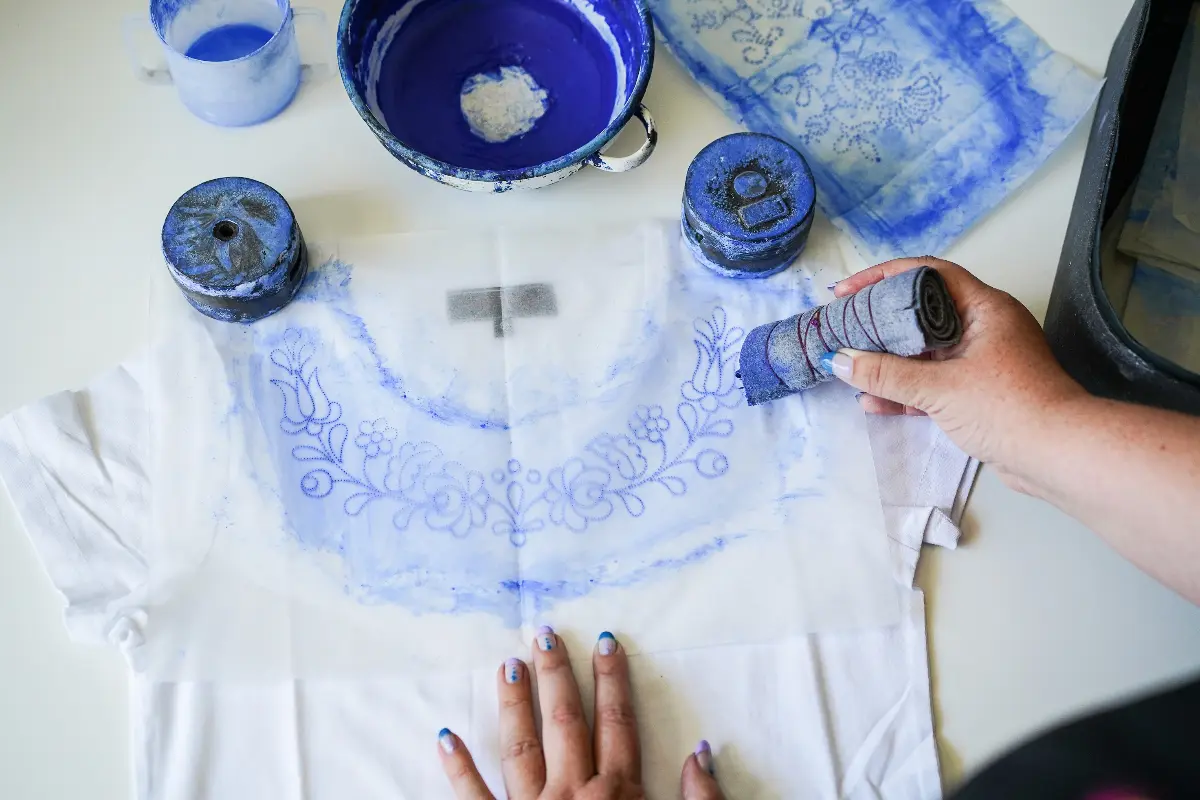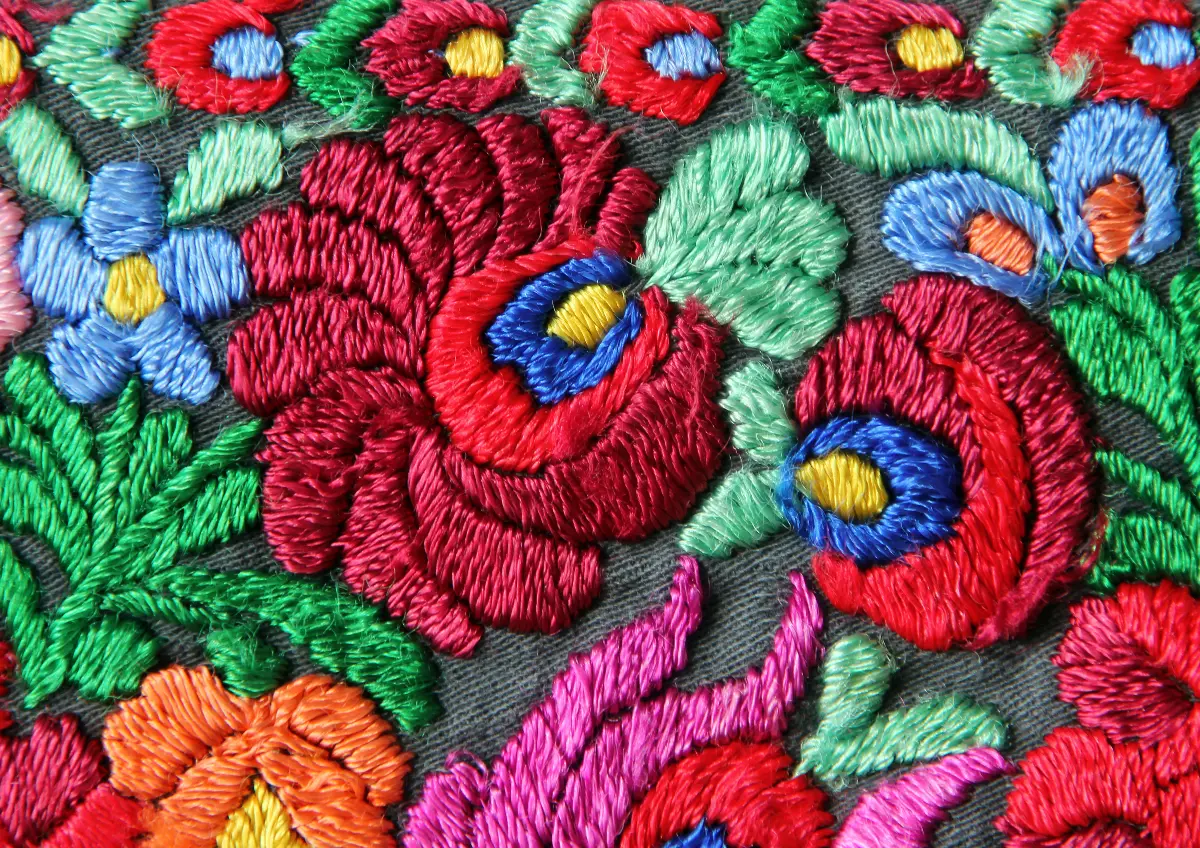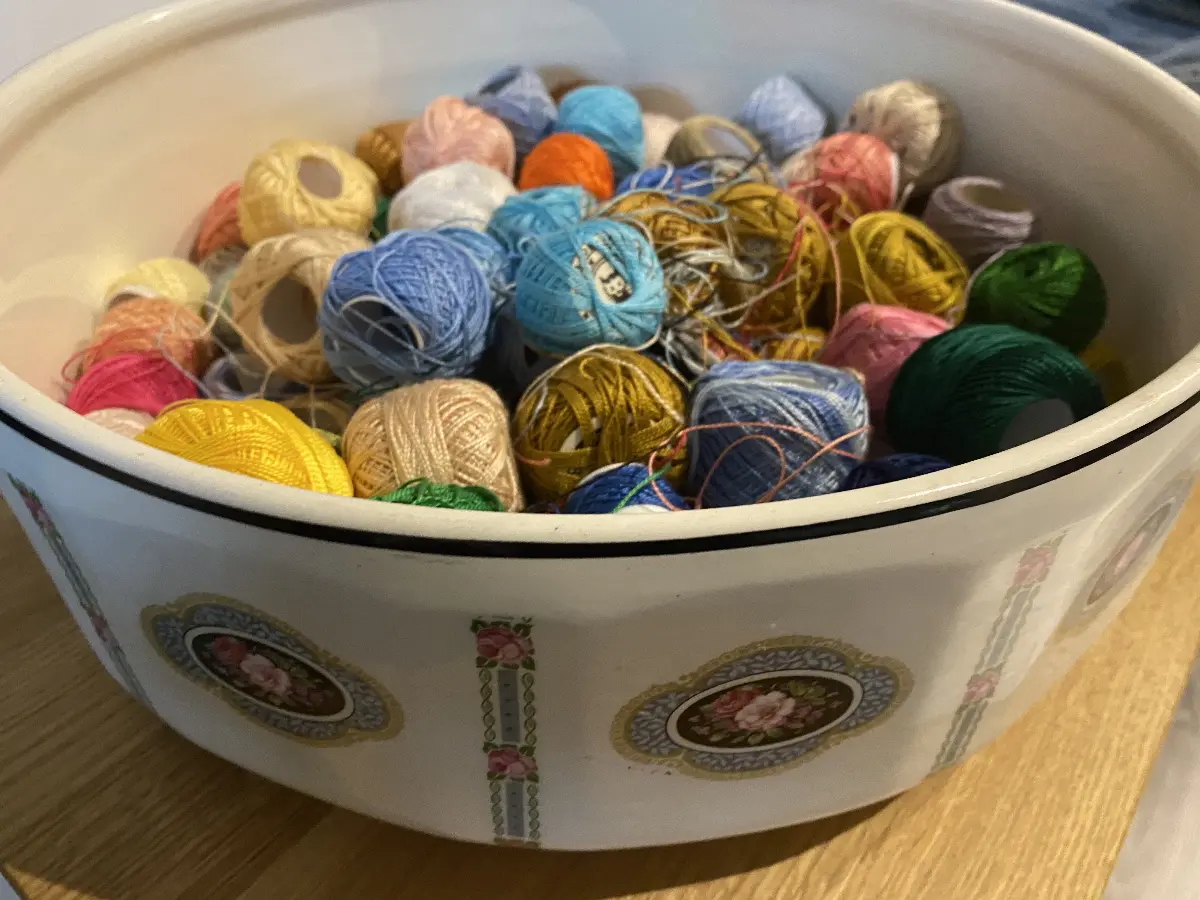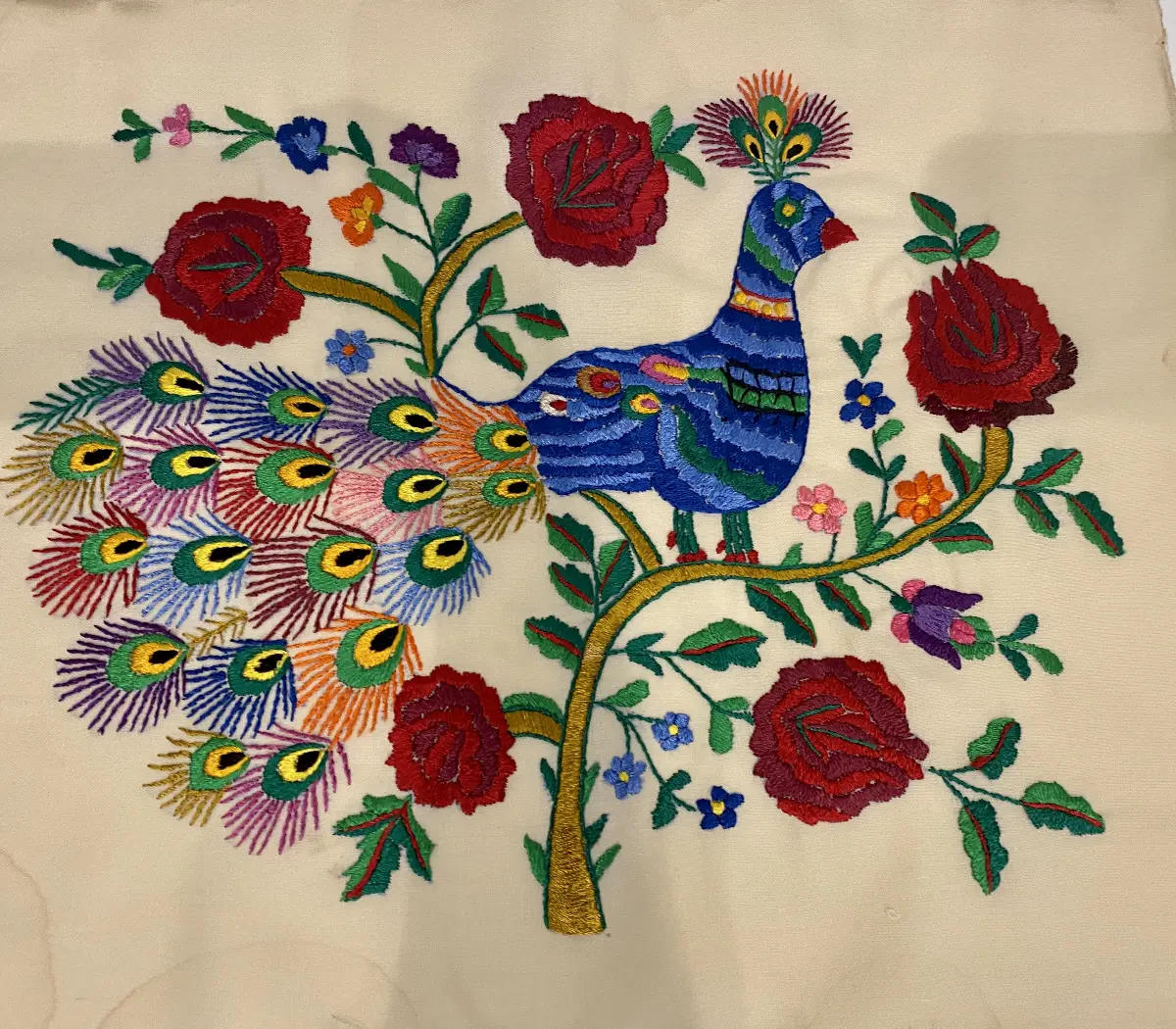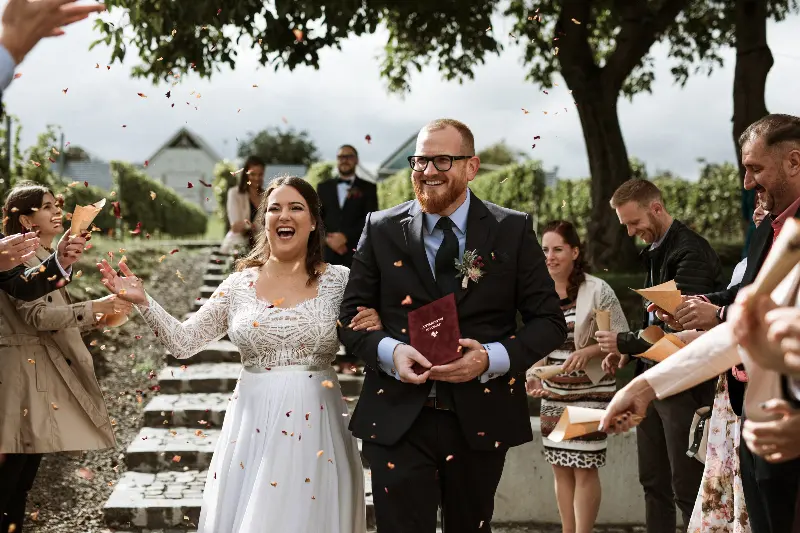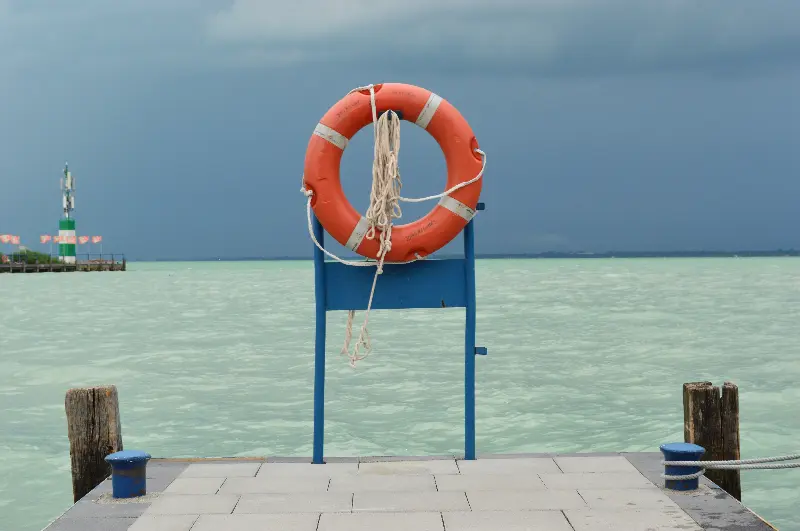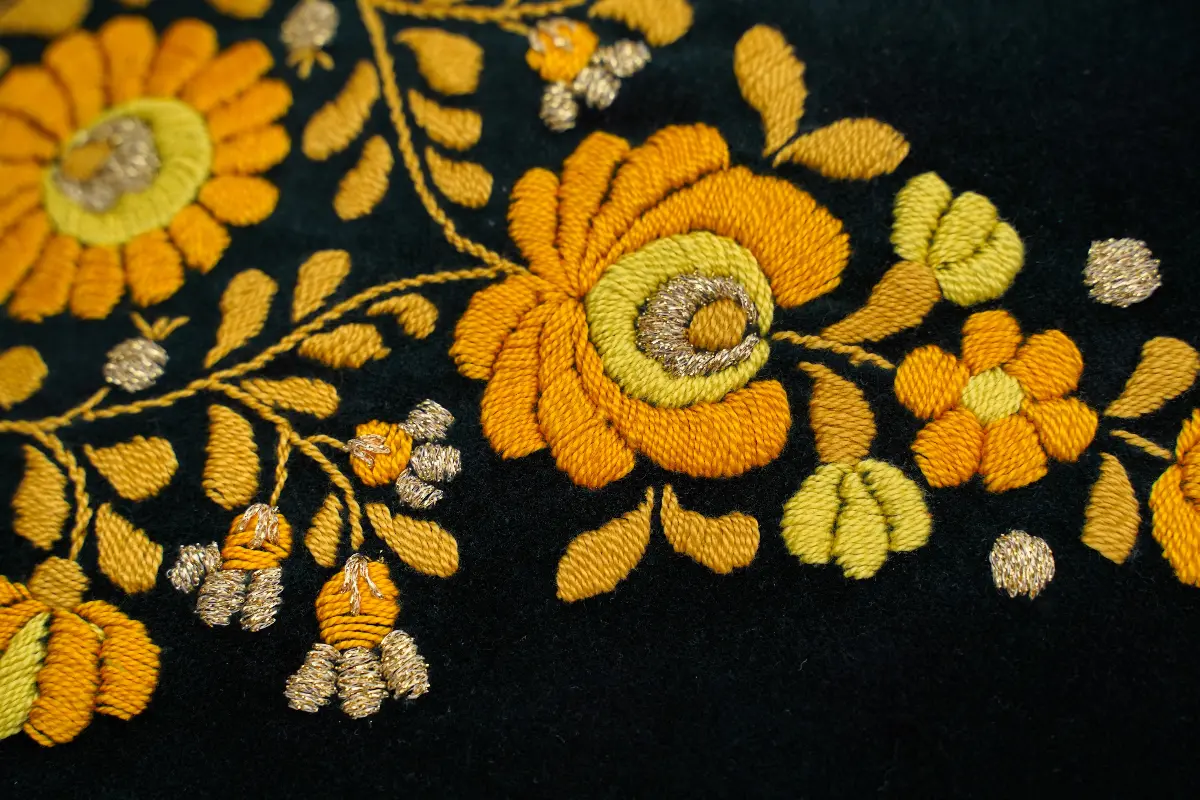
Helyszín címkék:
The most colourful Hungarian countryside
Méhész Zsuzsa
From village to town, from town to village
Rozi Váczi is the driving force behind “Matyodesign”. She lived in Tard as a child, but spent most of her life in the big city of Budapest. For some time now, she has been living again in Tard, in the heart of Matyóföld, with her family and staff, and no longer only deals with Matyó patterned products, but also hosts curious visitors. The “Matyodesign” offers a full-day excursion, which is a real slow tour: it is about tradition, micro-community, personal stories and the shared responsibility to preserve this precious heritage.
PP, that is patty and pálinka
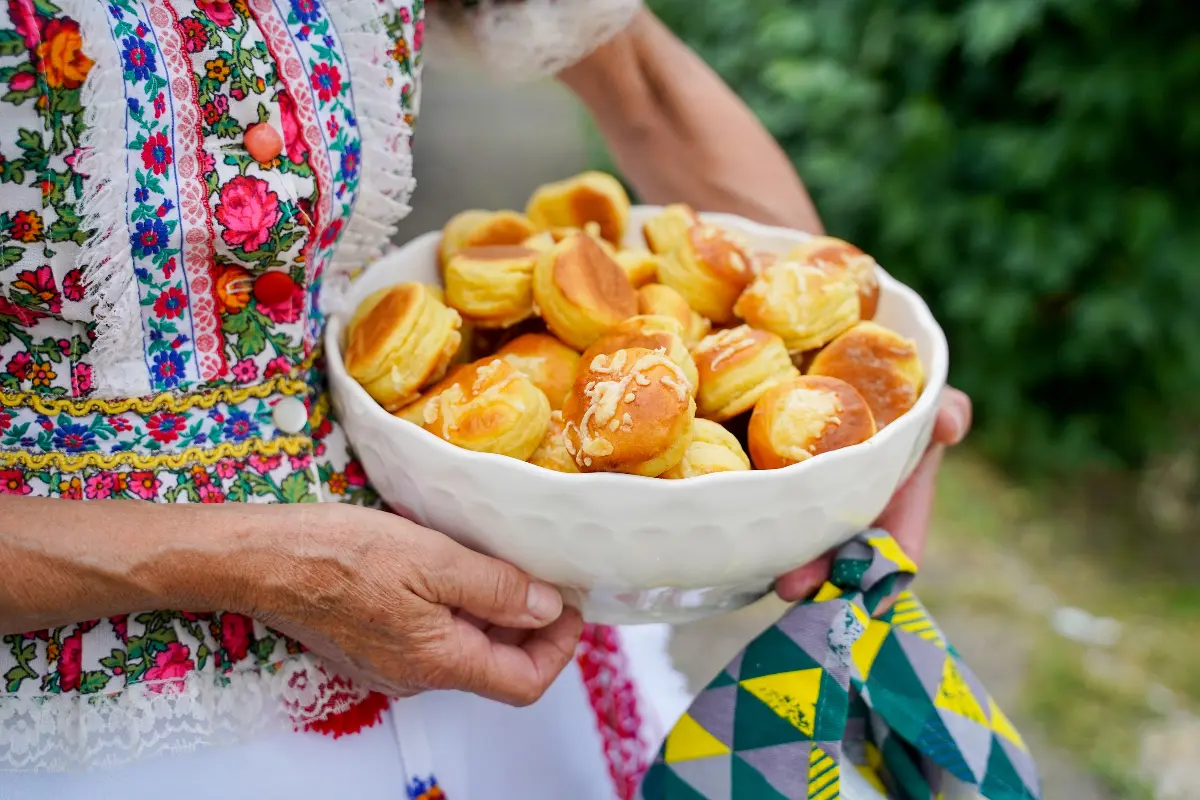
A woman dressed in folk costume stands in front of a tidy farmhouse, holding a large plate of patty and locally brewed homemade pálinka. They are waiting for us. There is something here that needed both the locals and the fresh energy of the newcomers. This is evidenced by the fact that our host, dressed fully in traditional costume, is joined by Zsófi Czakó: one of the leaders of the “Matyodesign” team. She is an urban phenomenon and her cool sweatshirt is also decorated with Tard pattern. We also learn about Rozi Váczi and the birth of social entrepreneurship: 27 local women are employed by “Matyodesign”: they embroider traditional motifs on trendy clothes, which are sold in gift shops and hotels, and the wearable pieces have quickly become popular.
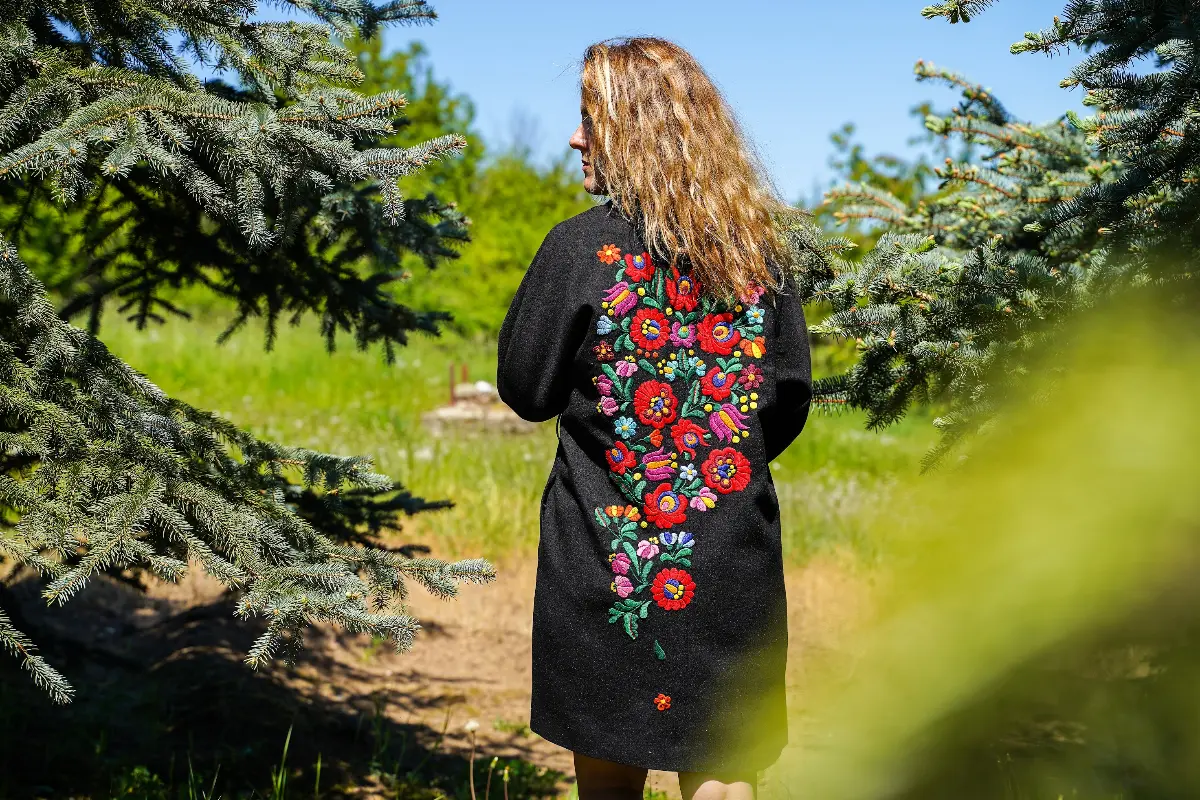
Flow and colourful threads
Many people wanted to know the story of the “Matyodesign”, and Rozi had had to explain it several times before she realised that she could show it to the others. That is how the idea of the “matyó” tour was born. After a warm welcome, we walk over to the sewing room where we start embroidering a flower. We can freely choose from the colours and enjoy thirty minutes of flow. Around us, the shelves include “Matyodesign” products: scarves, t-shirts, bags, iPad cases. I believe I will not roll my eyes anymore, when Isee the price tag of a cloth in a folk-art shop. They showed us how much work is required to create even one product. Everyone is very proud of their achievement, let us go on the village tour.
Aunt Erzsi, Tour Guide of the Year
First of all, we visit the church, then we enjoy a thorough and very personal guided tour in the country house by Aunt Erzsi. If passion and drive are the most important qualities in a guide, then Aunt Erzsi, who is over 80, is the best choice for the job. Our other host also adds some information: Zsófi Czakó led city walks in Budapest, but she has also been living in Tard for some time. While Zsófi quotes from found literature, Aunt Erzsi shares her most personal memories. She has a good eye choosing those who would look good in the costume, so that in a few minutes we can take a photo of a couple wearing “matyó” embroidered clothes in front of a barn.
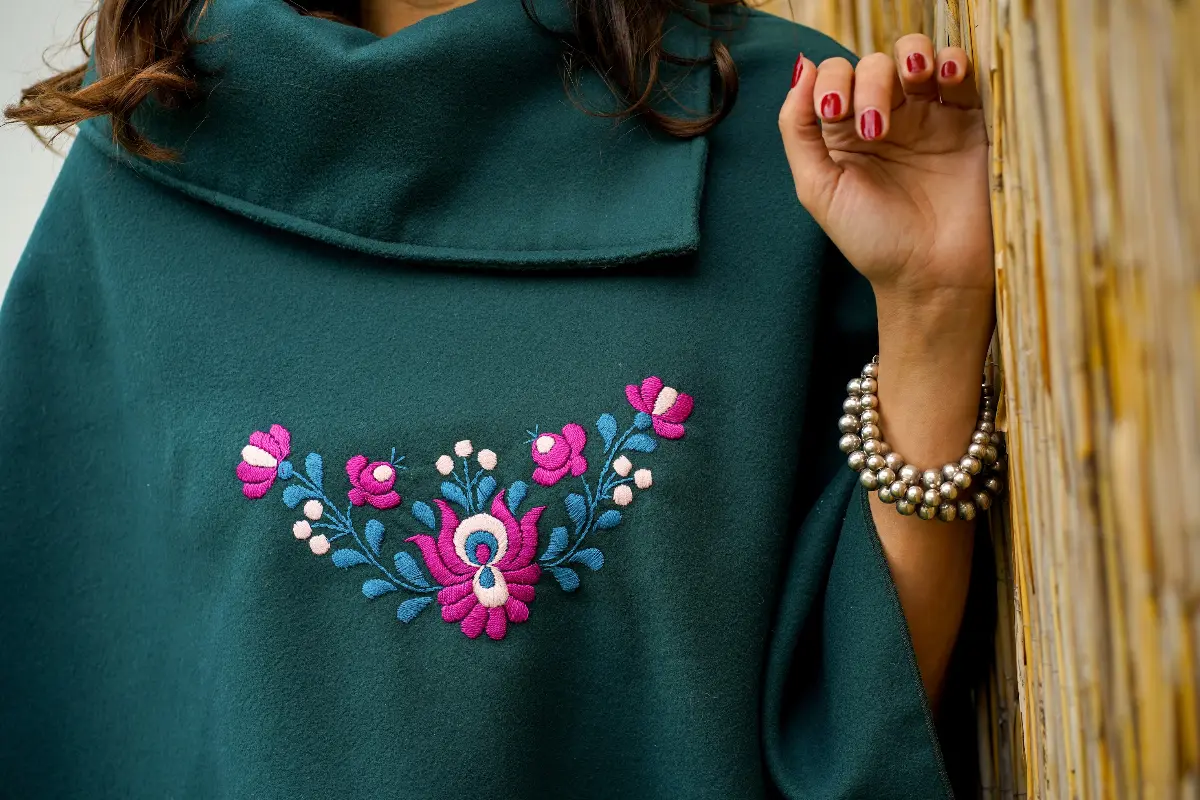
Do not mind being hungry, let your clothes shine!
This sentence is thought to originate from the Matyós as the region was particularly poor, but their fancy dresses did not reflect that. Every pattern is full of colour and joy of life, which is not always embroidered in their original colours at the “Matyodesign”. We do not have to be afraid that they would leave us hungry: we are offered lunch and biscuits in the community space, then we can try out making pasta whilst learning songs originating from Tard. At this point, we have already seen each other engrossed in embroidery, wearing “matyó” costumes and singing songs, so the random group starts to cooperate nicely. Village hygge mixed with occupational therapy is good for everyone, and at the end of the one-day programme we say goodbye with the knowledge that we have not only witnessed but also participated in something important and very local.

